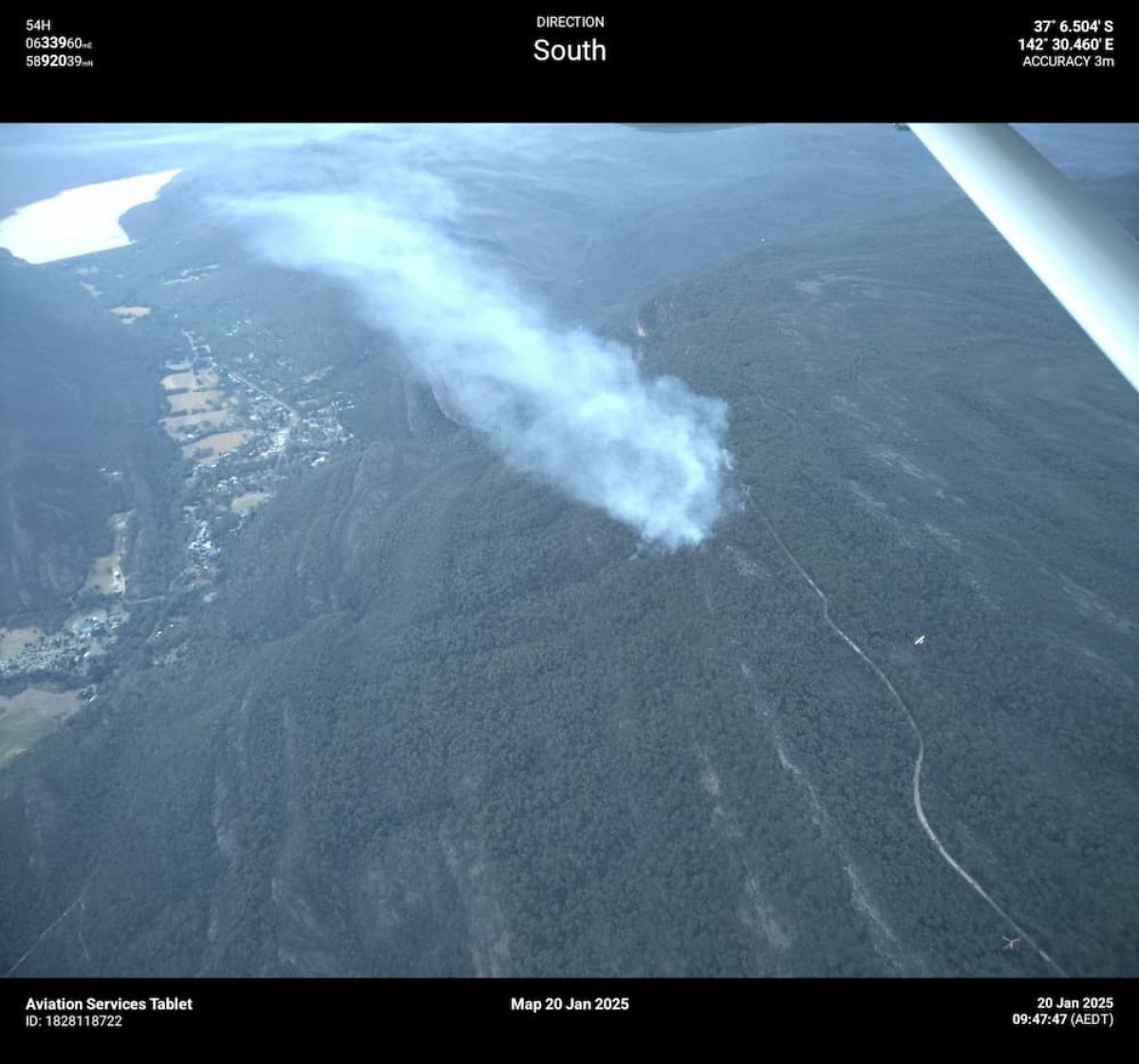Ben Townsend has spent the past five summers on roster as an air attack supervisor.
‘We do four-day rotations on a light aircraft, a helicopter or fixed wing.
‘We’re the link between the ground crews and tactical aircraft – your Helitaks (e.g. Black Hawks) and fire bombers.’
Last month, Ben got a call early one morning to head up to Halls Gap for a fire at Boroka Lookout in the Grampians (Gariwerd) National Park. It was 20 January, barely a week since the Yarram Gap Road fire had been contained and the town had reopened.
The call came in from Barry Scott, the State Air Operations Coordinator (SAOC) for the event.
‘The SAOC runs the air desk during the fire season. We provide a strategic overview of aircraft operations across the state and facilitate dispatch,’ Barry says.
That includes liaising with controllers and commanders across the state to manage readiness arrangements – having the right aircraft in place to respond to fires when they occur.
‘On any given day we’ll move aircraft based on the conditions. If there is lightning forecast in the Wimmera or Far South West, for example, we might move aircraft across from its station in Gippsland where that risk might not be as high.’
When Barry himself got a call for aircraft support for the Boroka Lookout fire that Sunday night, he organised firebombing helicopters from Ballarat and Essendon as well as a local fixed-wing firebomber to respond the next day.
Ben – based at Ballarat – says he had been aware of the fire before he got the call.
‘We launched at about 8am [Monday] and were over the fire within about 30 minutes.
‘Halls Gap was certainly a consideration. Our first priority was to put the fire out. It put up a bit of smoke and there were a lot of eyes on it.’



A multi-prong approach
Crews attacked the fire from several angles, both in the air and on the ground.
‘Ground crews working in with aircraft is a powerful combination.
‘A mountain fire can be a really terrifying prospect and often we will go defensive trying to box it in with retardant to hopefully contain it.
‘This time out we could directly attack it.’
Barry says it was helpful to be able to use the retardant and water at once.
‘For this one we were able to use bombers to suppress the active edge, and then have an adjacent line of retardant.
‘It helped to reduce the fire’s intensity and let ground crews in.’
Ben says the ground crews did an outstanding job.
‘It was an unbelievable effort. It was seriously steep terrain, but they got in there with rakehoes and put in a hand mineral earth break.’
Currently a district commander at CFA, Ben says one of the most rewarding elements of his role as air attack supervisor is the opportunity to work so closely with other agencies.
‘I love the broad agency approach. You can feel a bit insulated working at a fire station in Ballarat, but every summer I get to work with crews from CFA and Forest Fire Management Victoria.
‘It’s really well done and I try to encourage others to get involved in the space.’
The fire was declared under control within a couple of days at a size of just 7 hectares.
More information
For emergency warnings and information, visit the VicEmergency app or website and listen to your local emergency broadcaster.
Page last updated: 05/02/24